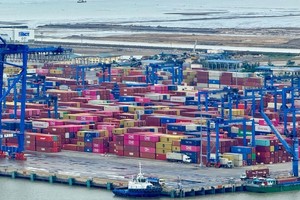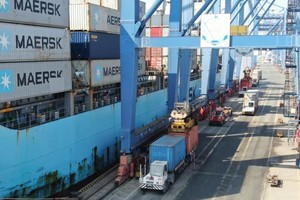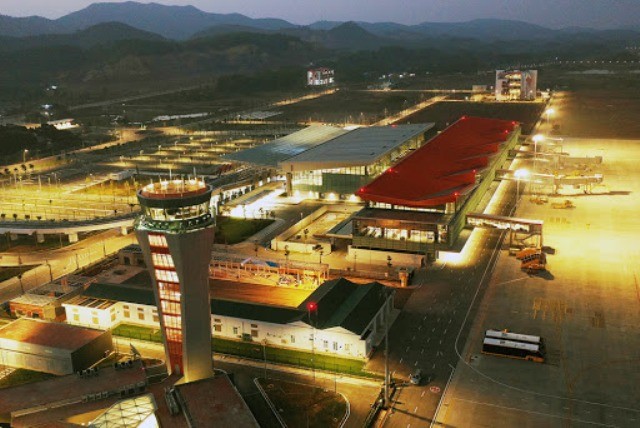
Growth reflected through infrastructure
From a flight descending through the clouds into Van Don, to refrigerated seafood containers racing down the Mekong Delta expressways, and vehicles zipping along Hanoi’s elevated Ring Road No.2 during rush hour—Vietnam’s infrastructure is visibly evolving by the day. Notably, much of this transformation is being powered by private capital.
With public funding no longer the sole engine of infrastructure investment, a new dynamic has taken shape: private players are stepping into big-ticket projects—not only contributing capital and expertise but also resolving long-standing bottlenecks of strategic importance.
Take, for instance, the Trung Luong–My Thuan Expressway. Once stalled for nearly a decade, the project was revived by a private investor, significantly shortening travel time between the Mekong Delta and Ho Chi Minh City, and breathing new life into one of Vietnam’s most fertile regions.
In Hanoi, the elevated Ring Road No.2 segment from Nga Tu So to Minh Khai—a technically complex project in the heart of the capital—was swiftly completed under a build-transfer (BT) model with financing from a major private conglomerate.
Meanwhile, in Quang Ninh Province, Van Don International Airport stands not only as a symbol of modern infrastructure but also as compelling evidence that the private sector is fully capable of delivering world-class aviation projects.
These cases underscore a pivotal shift in which the private sector is increasingly proving itself as a central force in national development. Given clear regulatory frameworks and genuine opportunities, private enterprises can execute large-scale infrastructure works and unlock regional potential at an unprecedented pace.
Vietnam’s private sector is even reaching into domains once thought to be exclusive state monopolies—such as the North-South high-speed railway. While still at the proposal stage, major Vietnamese corporations are expressing keen interest in developing the project. Their approaches are noteworthy not only for their technical and financial models but also for offering a fundamentally different mindset which is flexible, market-driven, and fast-moving.
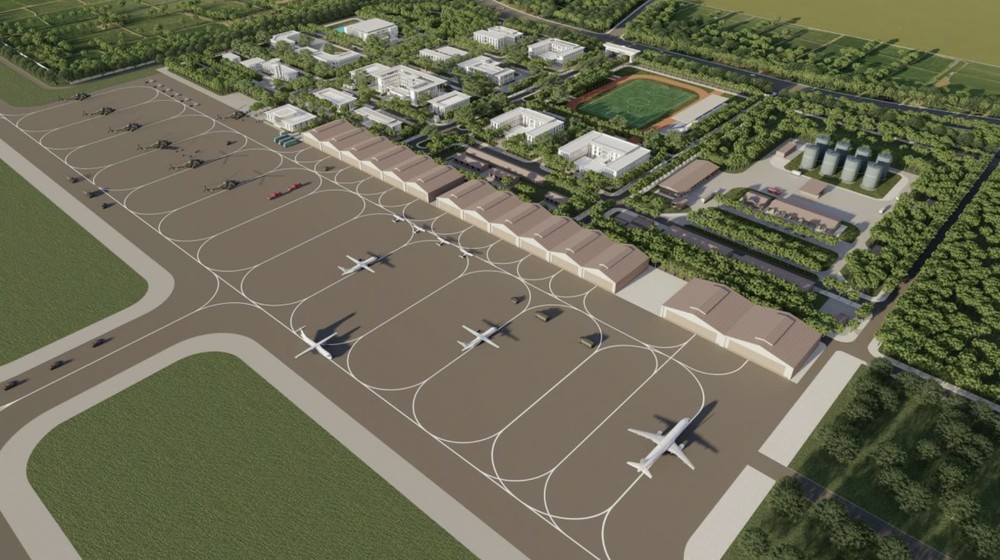
A four-decade transformation
From a sector that was not officially recognized 40 years ago, Vietnam’s private economy has undergone a remarkable evolution. According to the 2023 Statistical Yearbook, between 2020 and 2023, the private sector contributed an average of 50.3 percent to GDP—outpacing both the State sector (20.87 percent) and the foreign-invested sector (20.31 percent).
Data from the General Statistics Office shows that private enterprises provide employment for 82 percent of the national labor force, contribute 30 percent of State budget revenues, and account for 60 percent of total investment capital across society. By 2015, the private sector had surpassed the state sector in its share of GDP contributions—a turning point that signaled its rise as a major economic player.
At the policy roundtable “Solutions to Stimulate Private Sector Growth,” Associate Professor Dr. Tran Dinh Thien emphasized that the strength of the private sector cannot be fully captured through conventional metrics such as GDP share, export value, or tax revenue. These figures, he argued, do not reflect the true vitality of private enterprise.
Indeed, when given the right opportunities, private firms—powered by internal dynamism and agility—have surged ahead in many fields. A particularly compelling example is the real estate sector, where private developers such as Masterise Group and Bitexco have reshaped industry standards, introducing iconic projects that redefine quality and service.
In an article titled “Private Sector Development: The Lever for a Prosperous Vietnam,” General Secretary To Lam recognized the sector’s role in expanding production, trade, and services, while also highlighting its contributions to labor productivity, innovation, and national competitiveness.
The rapid rise of Vietnamese private companies has not only consolidated their position in the domestic market but also elevated their brands internationally. This trajectory illustrates that, with a conducive environment, Vietnamese enterprises can compete on equal footing with global players.
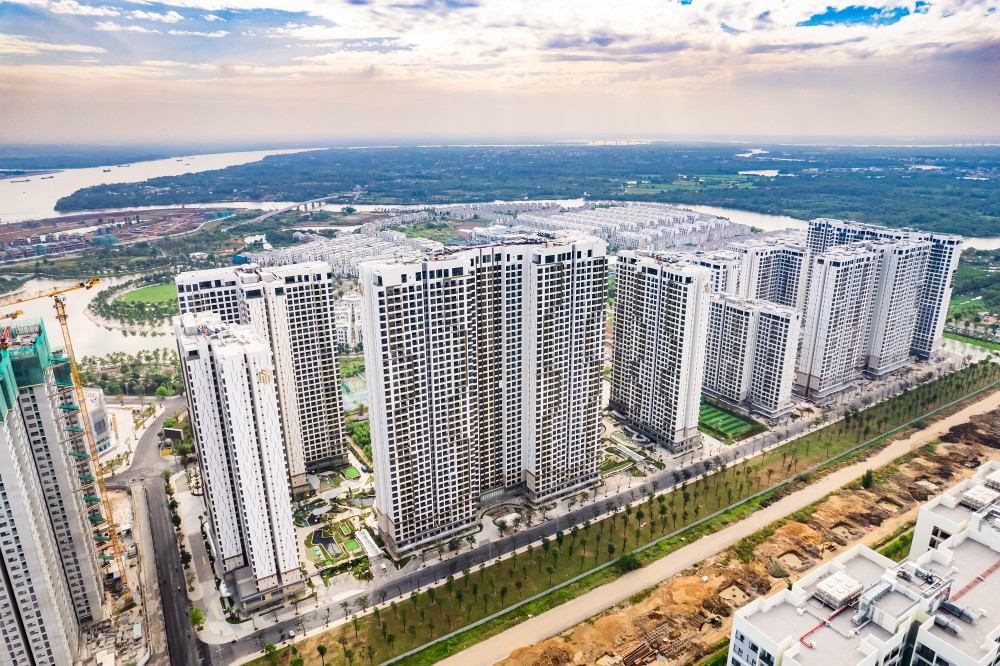
Development space drives breakthroughs
Speaking at the same roundtable, Dr. Can Van Luc, Chief Economist at BIDV, noted that Vietnam’s private sector is entering a “breakthrough phase.”
Echoing this view, Dr. Vu Minh Khuong of the Lee Kuan Yew School of Public Policy observed that the current momentum in private sector development demonstrates three key characteristics of transformation.
First, it taps into long-standing national aspirations—addressing the yearning to see the private sector become a leading economic force.
Second, it reflects global trends. Only private enterprises possess the sensitivity and decisiveness needed to capitalize on rapid shifts in technology and market structures, thereby initiating game-changing innovations.
Third, the private sector is marked by strong endogenous capacity, creative adaptability, and the ability to trigger ripple effects across the economy.
At a time when Vietnam is restructuring its economy and pursuing strategic socio-economic goals for 2030 and 2045, the private sector’s growing presence in infrastructure development highlights its transformative role.
Notably, private investors are not gravitating toward low-hanging fruit. Instead, they are targeting long-standing bottlenecks—transportation, aviation, and high-speed rail—areas that have long been fraught with challenges yet rich in untapped demand.
Moreover, private enterprises are uniquely positioned to detect and act on major shifts in technology, market demand, and consumer behavior, allowing them to make rapid decisions, design flexible solutions, and execute with urgency.
Ultimately, when provided with the space to grow, the private sector generates wide-reaching ripple effects—integrating industries, driving innovation, creating jobs, and elevating quality of life.











